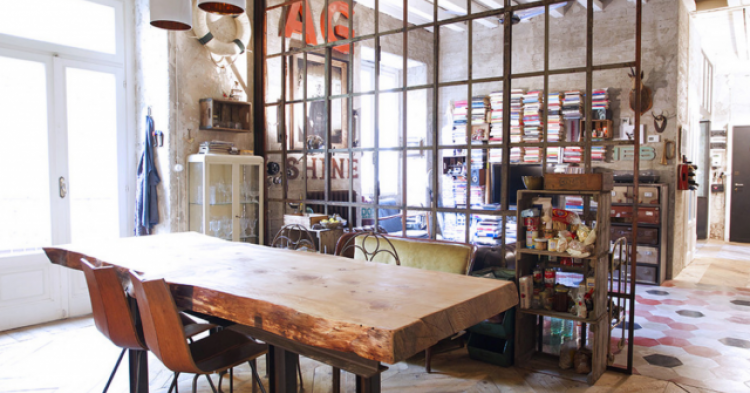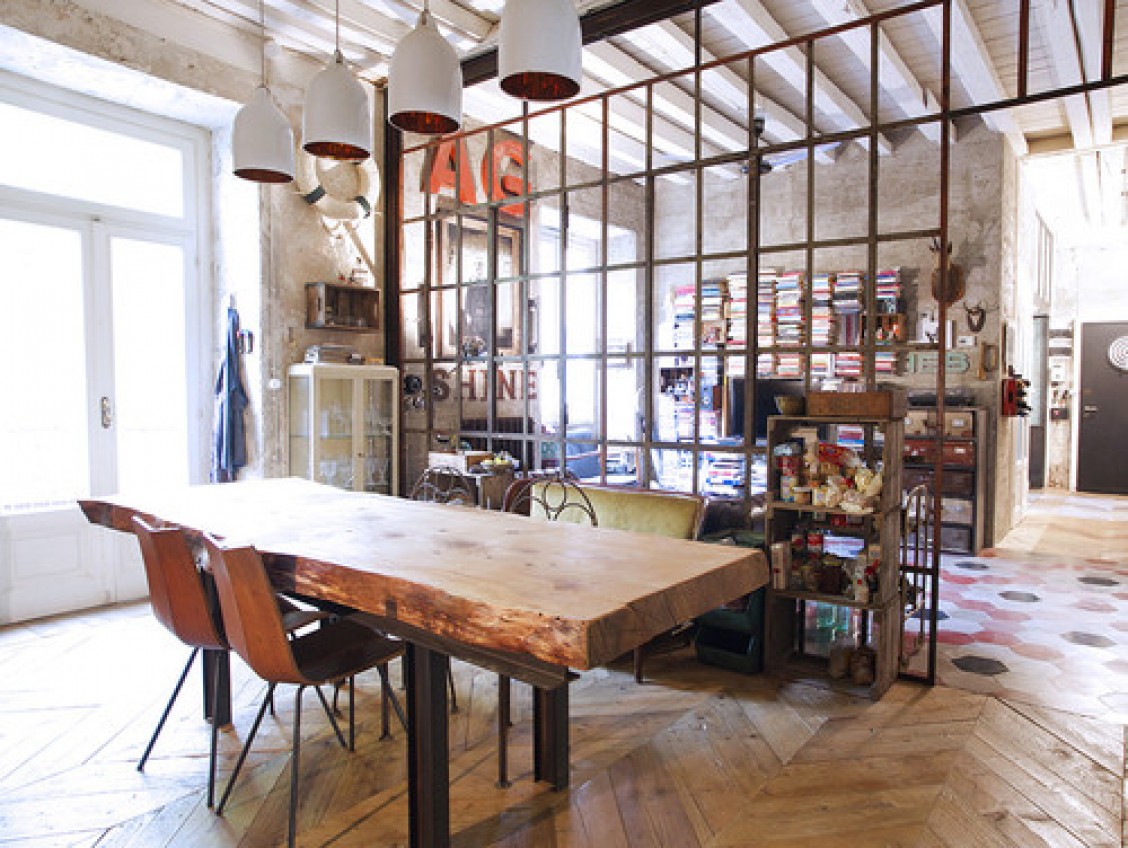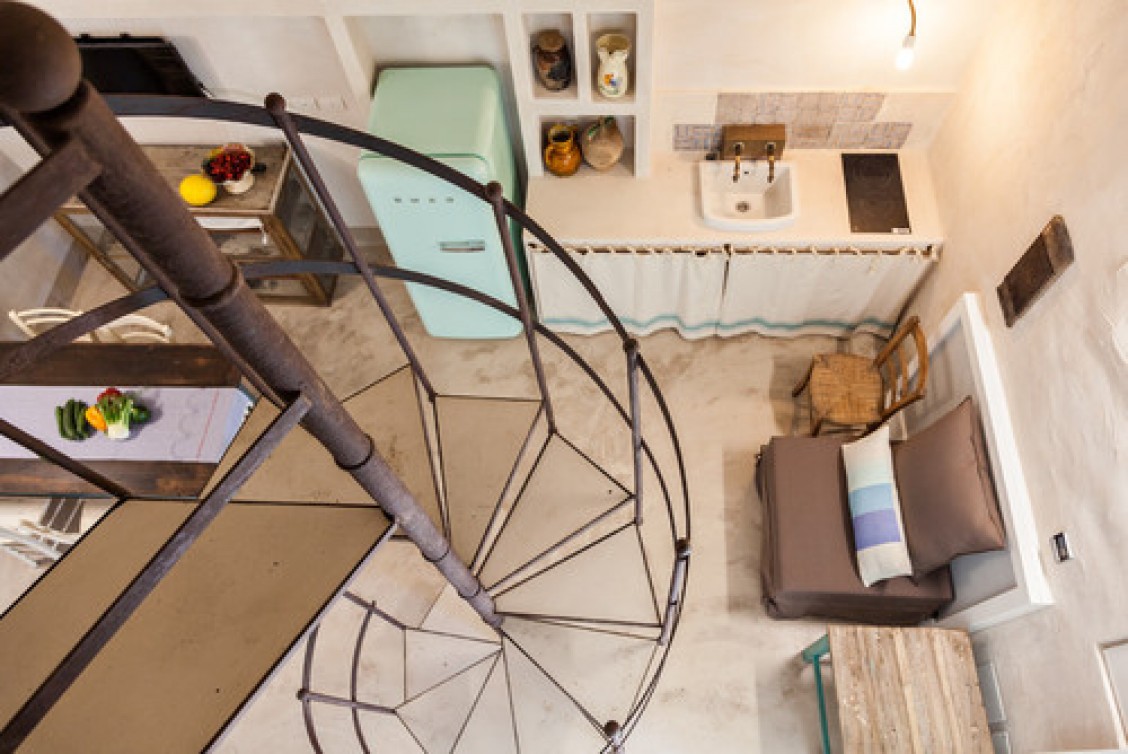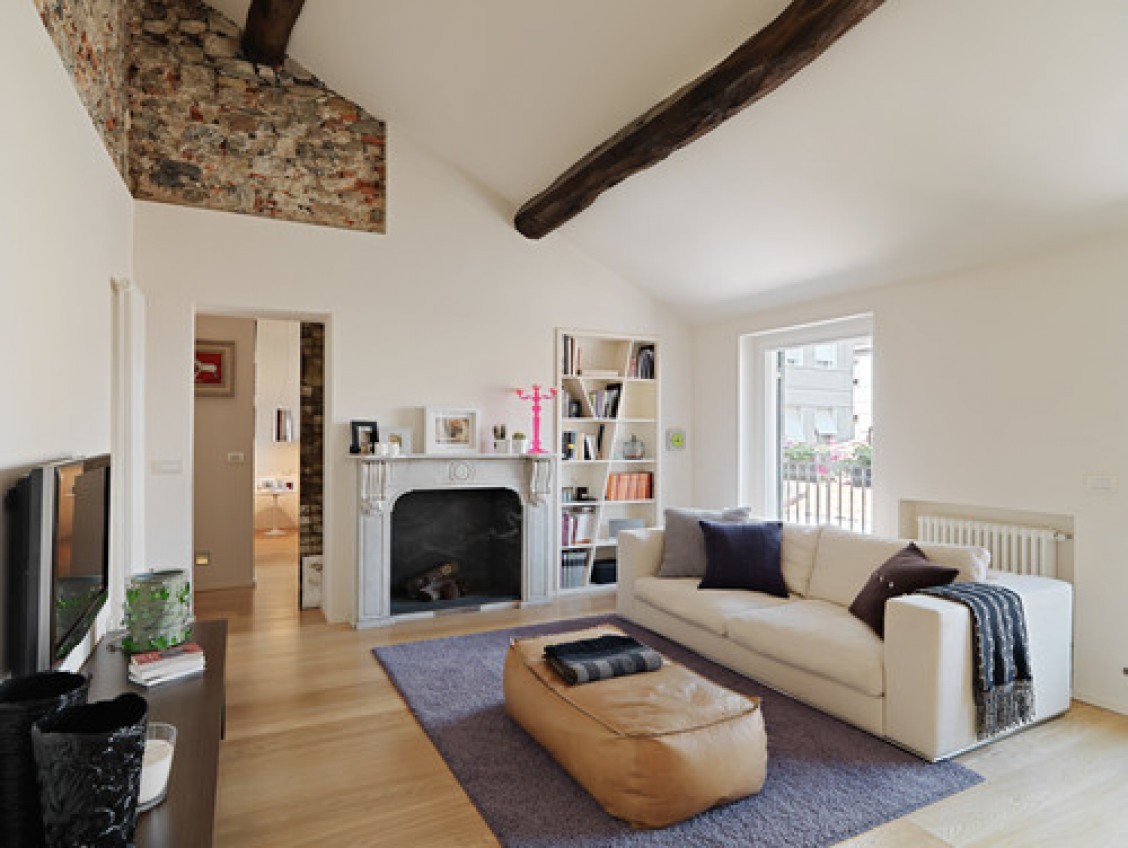
Original article written by houzz
It only takes a quick stroll through any Spanish city or the hills of the wild countryside to find abandoned office blocks, warehouses in disuse or beautiful, traditional farm buildings in a sorry state of neglect.
While such melancholic ruins hold a certain mystique in and of themselves, they are also a substantial architectural heritage of the country that could be utilised to develop high-quality homes in the ultimate upcycler’s call-to-arms.
Below, you can read about five good reasons for redevloping an abandoned building and one warning to be aware of.

1. The sustainable appeal of renovation
The renovation of existing buildings reduces land consumption in comparison with building new constructions, which is a key objective of all sustainable urban policies. It also shows the charm of abandoned buildings, not just the historical ones. The trick to preserving the appeal of an old property is to maintain the original features and just try to improve some of the architectural details. For example, a touch of colour is enough to make an old plaster wall a nondescript wooden door look as good as new.

2. The challenge of creating the perfect style
When upcycling a property, you don’t necessarily have to stick to a traditional style. It’s fun to try to find what works for the existing space by reinventing what’s already there. For projects utilising properties in the city, for instance, the restructuring is usually inspired by and aspires to an industrial style, reminiscent of the American post-WW2 push to reuse disused working spaces. In this case, some typical features of old warehouses and factories, such as large windows and counters, are maintained and adapted to be suitable for the building’s new purpose.

For abandoned sites outside city centres, most people prefer a simple country style, shows the wooden roofbeams, stone walls, bricks or original tiles. You don’t have to use antique furniture, though – you can play with the juxtaposition between a traditional structure and contemporary furnishings, or even personalise the rooms with an eclectic touch.

That said, using vintage furniture and accessories is alright for home makeover projects in both urban and rural ruins, because modern elements harmonise easily with the simple and essential construction of the past. In summary, then, there is no one correct style, but the decoration of each project must be adapted to the building, to improve its weak points and show off its strengths.
3. The search for undiscovered architectural treasure
Another great reason for doing up historical properties is the chance to experiment with new architecture, born from the stylistic union of traditional architecture and modern techniques, such as the impactful contrast created when you place floor-to-ceiling windows in rustic, stone walls.

4. Crowdsourcing
In the age of the internet, there’s no shortage of social initiatives to help you with the costs of refurbishing an abandoned building. Both public grants destined for cultural purposes and private funding like crowdsourcing are great ways to make your renovation dreams come true.
5. Incentives and bonuses
What’s more, there are certain tax breaks and other financial aids which offer a great incentive to reuse and recycle disused properties. Many Spanish municipalities reduce the costs of making old buildings habitable again or give volumetric discounts to renovators.

6. Finally, pay attention to seismic safety
To conclude, the reasons for choosing to reform a pre-existing home over a new build range from a sustainable outlook to architectural research and the improvement of historical heritage. However, be very careful when it comes to seismic safety, especially in high risk areas. A technical check to indicate the feasibility of your refurbishment interventions and the work to be carried out on the structures is absolutely necessary. When dealing with old buildings, safety has to be paramount.






